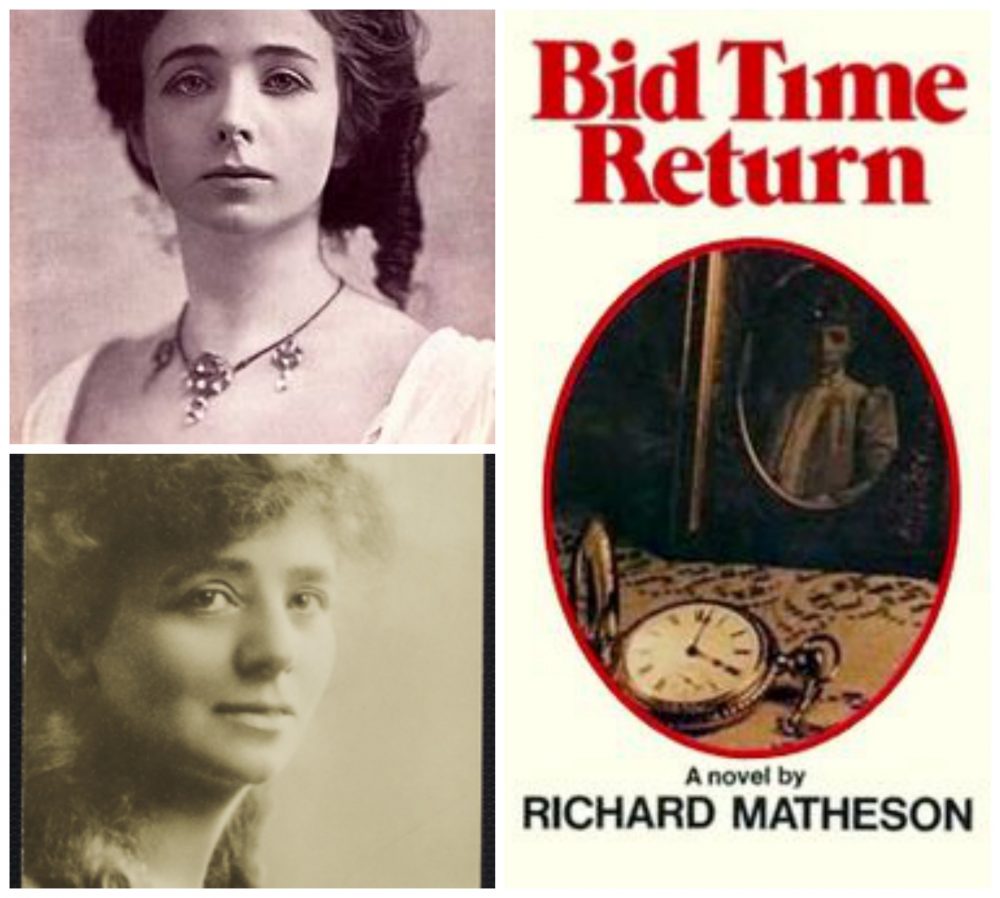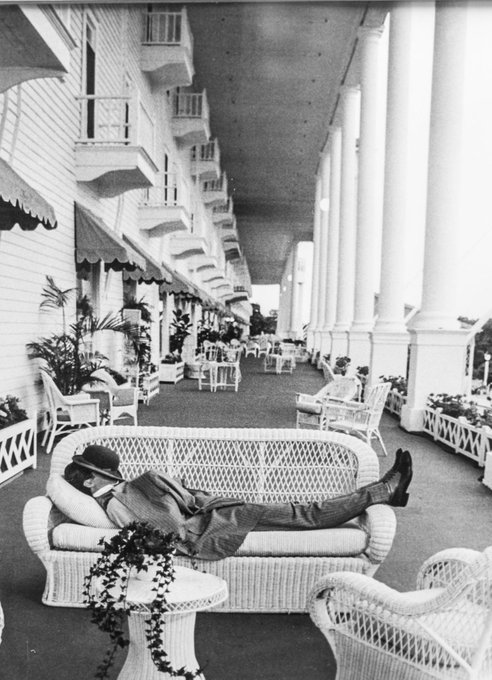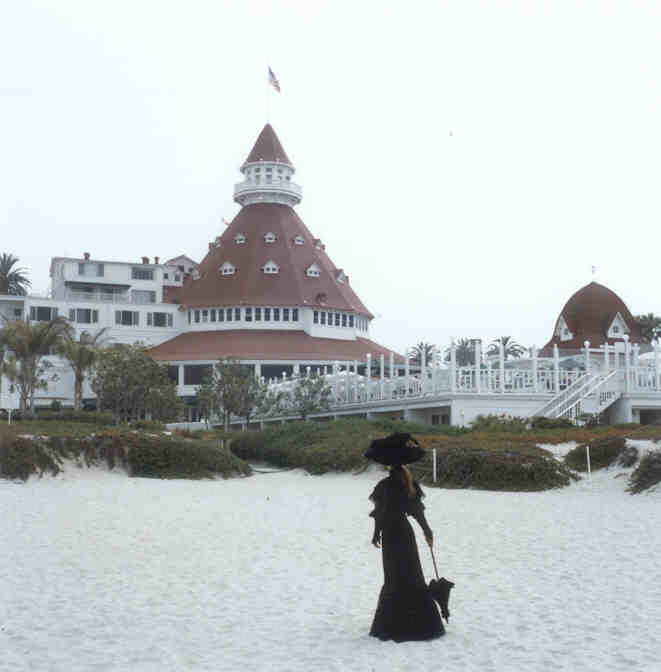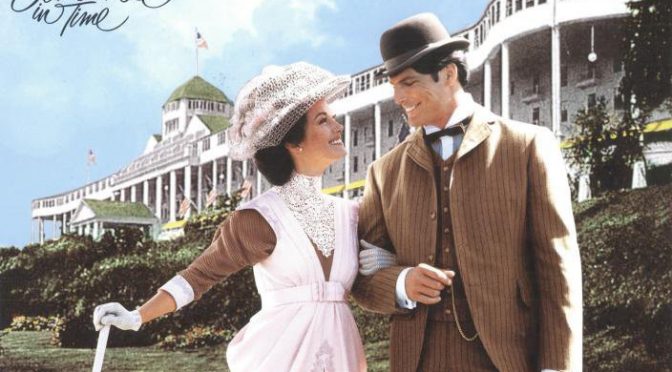TRENDS DIE OUT/LEGENDS LIVE ON:
Bid Time Return (Somewhere in Time) by Richard Matheson
A review by INFAMOUS🦀
Author Richard Matheson’s novels have been adapted for the big screen with relatively good success since the ’80s. His most popular title remains I am Legend (1954) but in my honest opinion the peak of his storytelling is represented by a time travel/love story little masterpiece originally titled Bid Time Return (1975).
Bid Time Return was adapted to the big screen in 1980 under the name Somewhere in Time starring the late Christopher Reeves. The movie was so successful that further publications of the novel saw the title officially changed to that of the movie.
It is important to know that though the movie is pretty good overall, it has some major elements that differ from the book, and ironically those differences are crucial in fully defining the true greatness of the original concept. Let me explain:
CRITICISM:
Over the years, the book has received some good criticism but also a lot of negative criticism. Some critics felt like this story was about a stalker who was willing to travel back in time to be with a woman he didn’t even know outside of a photo from 1896. The movie unfortunately lacks a very important element which is found in the book and that totally makes for a valid argument as for the behavior of the main character Richard Collier.
Keep reading…

PLOT:
Richard Collier is a 36 year-old screenwriter in 1971 who is diagnosed with a malignant tumor and doctors inform him that he might have only months left to live. THIS is very important to keep in mind because it will completely change the narrative (in the movie Richard has NO tumor).
His parents already passed and, left with a brother of almost the same age and his sister-in-law, he decides to hop in his car and go on a road trip heading nowhere and everywhere. Never having been married or experienced love, with a career that now means nothing, he drives off feeling like he would only be a burden to his brother and his brother’s wife.
When he makes a pit stop at Hotel del Coronado he sees the framed photo of 1800s theater actress Elise McKenna and something about her aura pierces his heart and mind and he feels like he cannot leave the hotel, drawn to Elise and feeling this incredible need to meet her.
PLAUSIBILITY FACTORS:
Going back to the ‘health status’ of Richard, this is very important to grasp because without that, the whole narrative would crumble.
The tumor Richard was diagnosed with has a double impact on his persona:
- Psychological
- Physical
Psychological: Unless we ourselves experience a deadly ailment like a terminal tumor, with only a few months of life left, we can only assume how that might impact the psyche of a man. Particularly that of a man who has regrets about never having experienced true love and a wife. THAT alone makes Richard’s infatuation with Elise all the more conceivable.
Physical: as Richard’s own doctor later on told his brother:
“Dr. Crosswell’s words complete the picture. He told me that the sort of tumor Richard had could cause “dreaming states” and “hallucinations of sight, taste, and smell.”

So we see that we have two theories here: one where Richard’s tumor enabled a mental state where he believed to travel back in time through hallucinations, and a second theory where the tumor allowed for Richard to break through the 4th dimension and ‘travel’ in time or rather ‘exist’ in 1896. Either way we look at it, you CANNOT take the health status and mental stability of Richard away without the whole story falling apart.
TIME TRAVEL THEORY THAT MAKES SENSE:
Another thing that I absolutely admire about this novel is the fundamentals of time travel the author introduces. This does not involve fancy time travel machines or high tech equipment but rather the introduction of a 4th dimension (time). According to the research Richard embarks during his stay at Hotel Coronado, just like a blind man is unable to perceive the three known dimensions, our brain chemistry impedes us to perceive that fourth dimension which involves ‘time’.
Through ‘repetition’ techniques and while being physically located exactly where Elise was located that same month of November of 1896, Richard is able to break the wall of the fourth dimension just like a blind man would be able to perceive the three dimensions if eyesight was to be restored.
The several failed initial attempts followed by Richard’s relentlessness are gripping and unnerving. By the time he finally breaks through to 1896 we are right there with him, totally invested in the story, feeling what he feels.

But Matheson is a master storyteller, so he leaves both doors open: Was Richard…
- just experiencing delusions and hallucinations due to his rare mental health status, or
- was that same mental health status what enabled him to break through the barrier of the fourth dimension and begin to exist in 1896 Hotel del Coronado?
CONCLUSION:
To this day, many believe this to be some sappy love story with time travel thrown in the mix. But it’s much MUCH more.
This is about unfulfilled dreams, about newfound appreciation of TIME. It’s about the frailty of the human psyche when we realize the harsh reality of our own mortality. Richard knows that he has no future and it’s senseless to make any plans. All his ambitions are dissolved in a snap of fingers, all that is left is loneliness and regret for not having been able to experience what his brother has: a wife, a family, a connection that goes beyond the work-related.
These are all very heavy subjects which the author is able to tackle without presenting an agenda or trying to preach to us.
He is only telling us that TIME is all we have…
🦀

